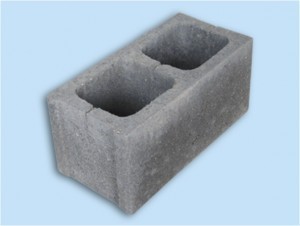Cigarette Dimensions
Made out of reconstituted tobacco, finely cut leaves of tobacco and Cigarette other additives, a cigarette contains nicotine, which is an addictive psychoactive chemical. Although its use is considered bad for the health, many people just cannot stop their smoking habits. In fact, its use continues to increases especially in developing countries, despite numerous warnings from various health organizations and medical institutions all over the world. For a better understanding of what it is all about, it is also interesting to find out the different cigarette dimensions.
other additives, a cigarette contains nicotine, which is an addictive psychoactive chemical. Although its use is considered bad for the health, many people just cannot stop their smoking habits. In fact, its use continues to increases especially in developing countries, despite numerous warnings from various health organizations and medical institutions all over the world. For a better understanding of what it is all about, it is also interesting to find out the different cigarette dimensions.
The Dimensions of a Cigarette
Commonly stuffed and rolled into a cylinder wrapped in paper, cigarettes are 120 millimeters long on the average. Additionally, they have a diameter close to 10 millimeters. To smoke, one must ignite the open end of the cigarette and then inhale the smoke through the butt, which is the closed end of a cigarette. Although it may appear very much similar to a cigar, it is actually different because of the paper wrapping, the use of processed leaf as well as its smaller size.
Additional Facts and Other Interesting Details
Scientific research shows that every cigarette smoked can eventually shorten the life of smokers by an average of 11 minutes. Furthermore, those who die from tobacco-related diseases lose approximately 14 years of their lives. In pregnant women, its use is connected to different kinds of birth defects including physical and mental disabilities. At homes, it is one of the most common sources of fires. Because of the various environmental and health hazards associated with its use, the European Union is planning to ban its use by 2011, specifically brands that are considered not fire-safe.
Smoking tubes and reeds are considered two of the earliest forms of cigarette smoking. These practices date back to the 9th century in Central America. The practice of smoking reached France in 1830, where it was first called ‘cigarette.’ It was manufactured first in the country in 1845. The important components of a cigarette include a filter based on cellulose acetate, a layer of paper and a tobacco blend.
The addition of reconstituted tobacco is said to make cigarettes more addictive, which contains certain additives that contribute to the volatility of nicotine. Every year, manufacturers produce close to 5.5 trillion cigarettes worldwide. More than one-sixth of the population of the world is estimated to smoke. Today, cigarette packs are required to have health warnings. After the United States implemented this requirement, other countries followed including Hong Kong, Canada as well as various European countries.





